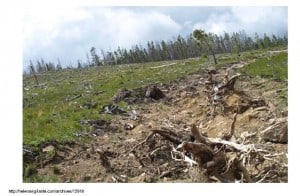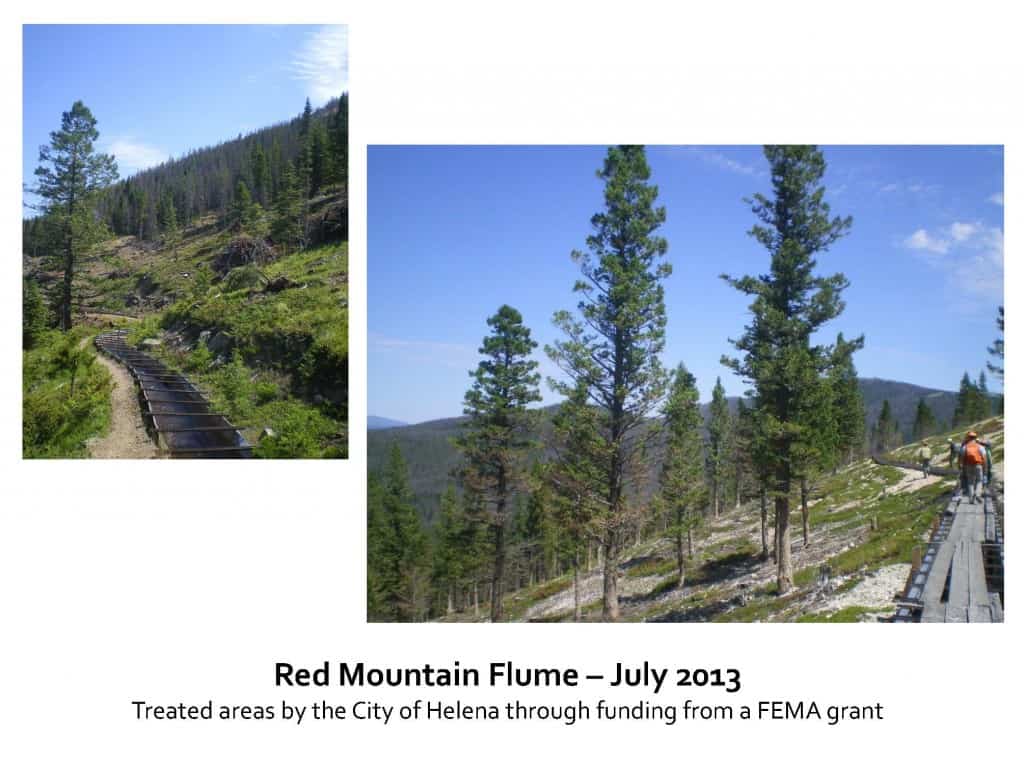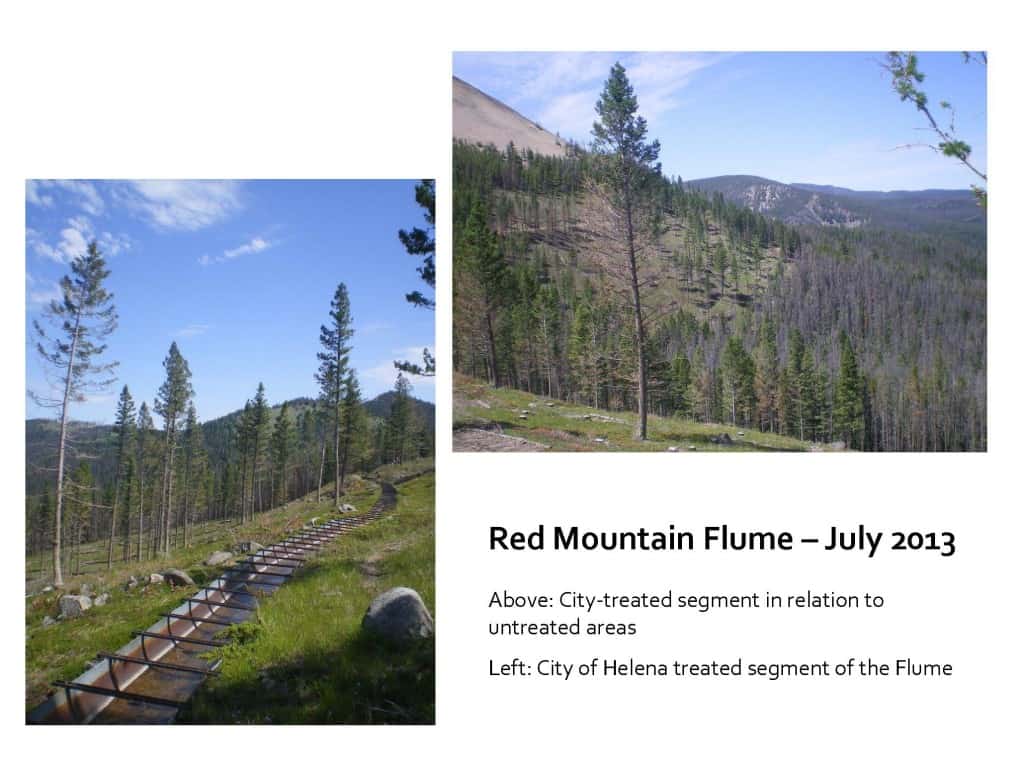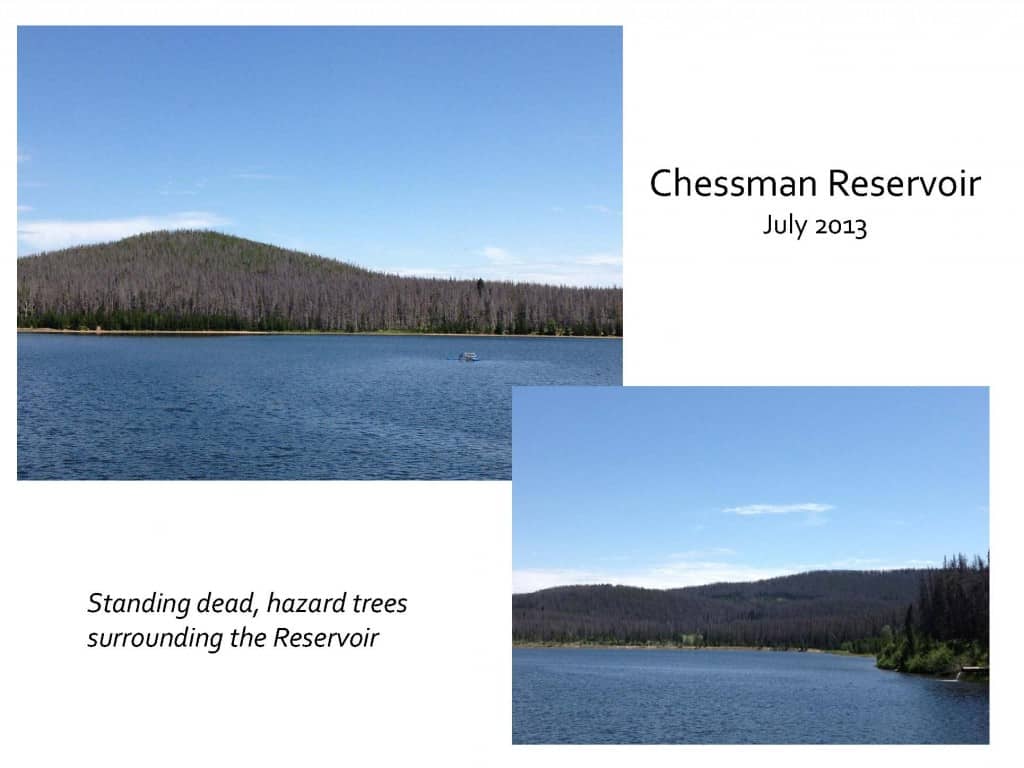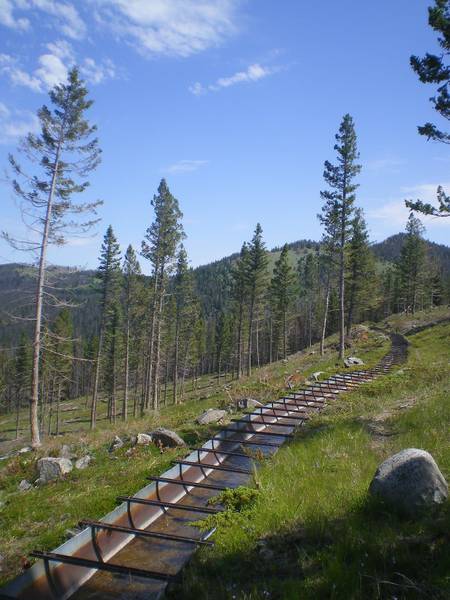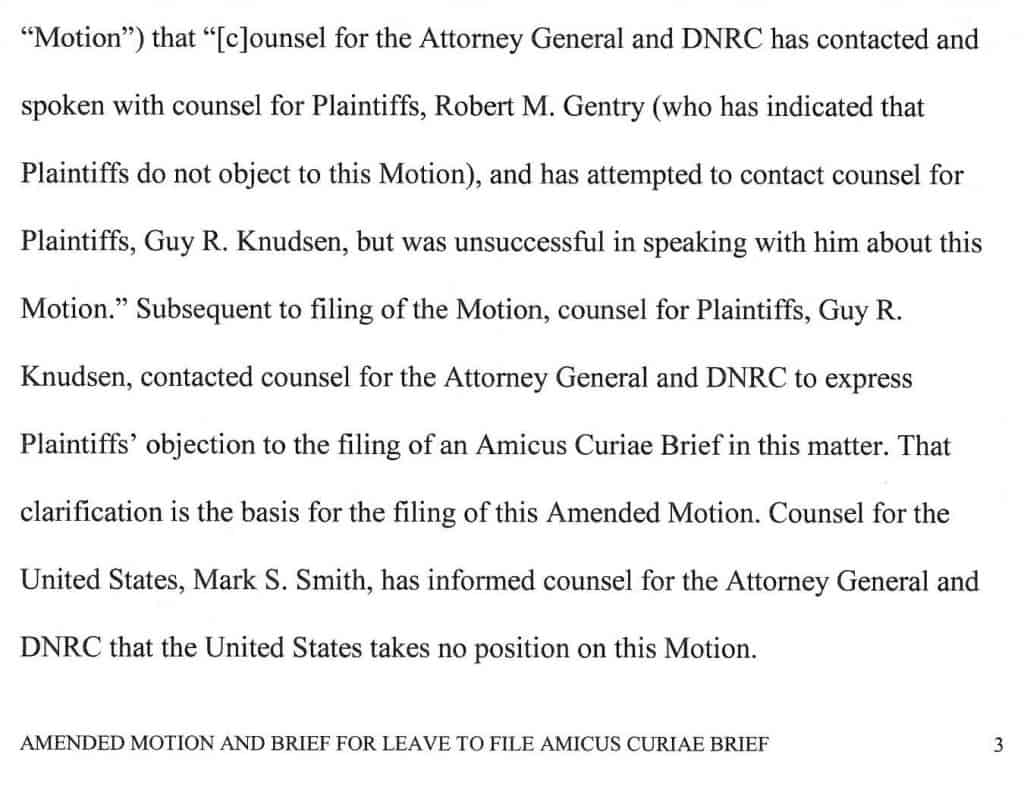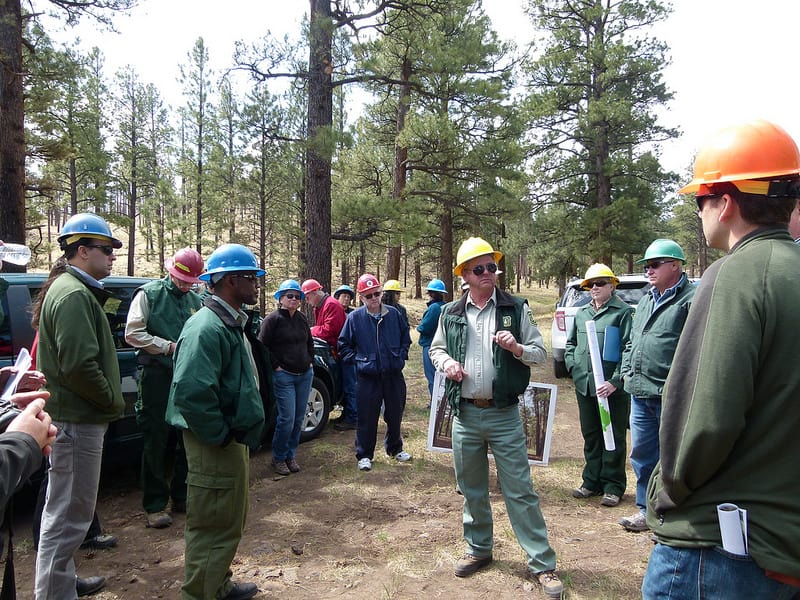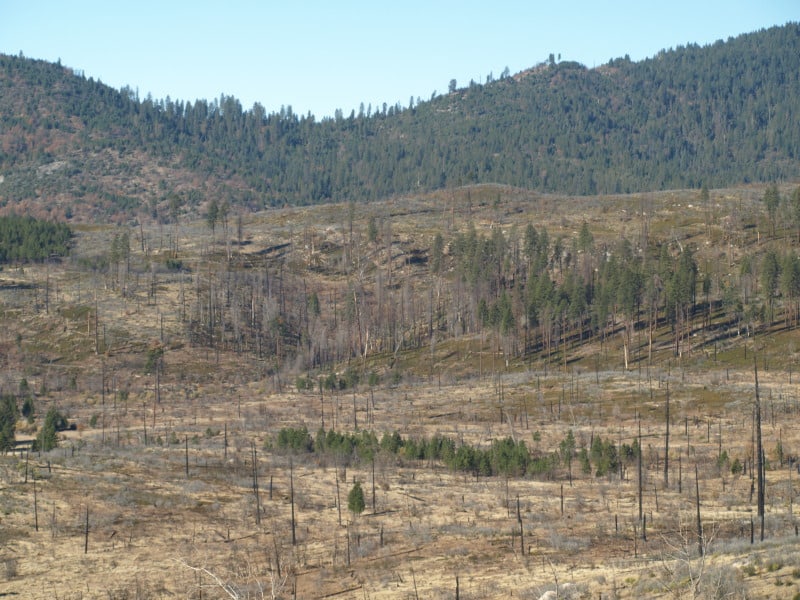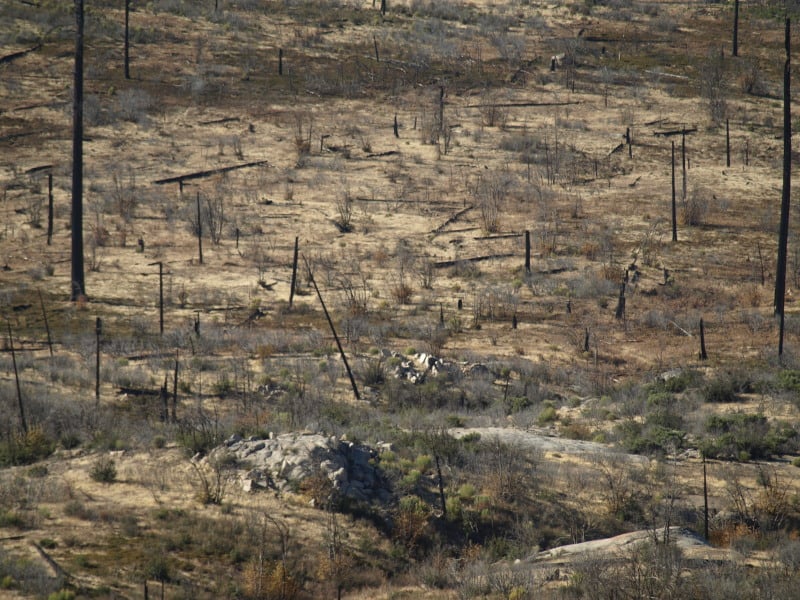Court Decisions
1. Travel Management ǀ Region 3
District Court Finds Forest Service Did Not Violate NEPA in Approving the Santa Fe National Forest Travel Management Plan in New Mexico Off-Highway Alliance v. United States Forest Service. On July 25, 2014, the United States Court for the District of New Mexico found that, contrary to Plaintiff, New Mexico Off-Highway Alliance’s claims, the Forest Service was not in violation of NEPA for approving the Santa Fe National Forest Travel Management Plan. Specifically, the Court found that the Forest Service: (1) reasonably used the estimated amount of trails actually being utilized by the public as the baseline for the no-action alternative, (2) sufficiently analyzed a reasonable range of alternatives, and (3) provided scientifically-sound reasoning for the decision. On Plaintiff’s claim related to the no-action alternative the Court expressed some concern finding that the correct measure of a no-action alternative would have been to consider the effect of leaving all the routes that were currently open under the Santa Fe plan as opposed to the Agency’s estimated use definition of the no-action alternative. However, the Court determined that the estimated use definition of the no-action alternative was not arbitrary and capricious because it was based on a thorough examination of which roads were currently being used, supported by CEQ guidance, and that the Forest Service actually analyzed the status quo (reasoning that unused roads would not have a significant impact on the environment and thus, would not have been part of the impact of the status quo). On this claim, the Court concluded Plaintiff’s argument was one of semantics which did not warrant reversal. (12-01272, D. N.M.)
Litigation Update
1. Salvage ǀ Forest Management ǀ Region 5
Plaintiffs File Amended Complaint and Motion for a Temporary Restraining Order of the Aspen Project on the Sierra National Forest in Earth Island Institute v. Gould. On July 29, 2014, Plaintiffs, Earth Island Institute and Center for Biological Diversity, filed an amended complaint and motion for a Temporary Restraining Order of the Aspen Project on the Sierra National Forest (work is scheduled to begin on August 1, 2014). (14-1140, E.D. Cal.)
2. Salvage ǀ Forest Management ǀ Region 5
District Court Denies Plaintiffs’ Motion for Preliminary Injunction of the Big Hope Project on the Tahoe National Forest in Earth Island Institute v. Quinn. On July 31, 2014, the United States District Court for the Eastern District of California denied Plaintiffs, Earth Island Institute and Center for Biological Diversity’s motion for a Preliminary Injunction of the Big Hope Project on the Tahoe National Forest finding that Plaintiffs failed to show that the balance of equities tips in their favor or that Preliminary Injunction of the Project is in the public interest. (14-1723, E.D. Cal.)
Note: Originally, Plaintiffs, Earth Island Institute and Center for Biological Diversity had challenged the Aspen and Big Hope Projects in a single complaint which was subsequently split into two separate cases.
New Cases
1. Range ǀ Region 4
Plaintiff Challenges Issuance of a Special Use Permit for Winter Elk Feeding Operations on the Bridger-Teton National Forest in Western Watersheds Project v. USFS. On July 14, 2014, Plaintiff, Western Watersheds Project, filed suit in the United States District Court for the District of Wyoming alleging that the Forest Service’s decision to grant a twenty-year Special Use Permit to the Wyoming Game and Fish Department to use National Forest System lands for winter elk feeding operations is in violation of the Wyoming Wilderness Act of 1984, NFMA, NEPA, and the APA. (14-00140, D. Wyo.)
Here is the 20140729AmendedComplaintEarthIslandInstitute_v_Gould_AspenSalvage
Here is 20140725OpinionNewMexicoOHVAlliance_v_USFS_SantaFeTrvlMgmt
Here is 20140714ComplaintWesternWatershedsProject_USFS_GrazingPermitElkFeeding
Here is 20140731OpinionPI_EarthIslandInstitute_v_Quinn_BigHopeSalvage
Note from Sharon: We’ve had discussions about the Center for Biological Diversity before but I had not heard much about Earth Island Institute. When I read their story about innovative work they had done on climate change, marine mammals, etc. here it seemed to me like a couple of Region 5 salvage sales are relatively small potatoes in terms of impact. I wonder what it is about these two salvage projects that drew their attention?


